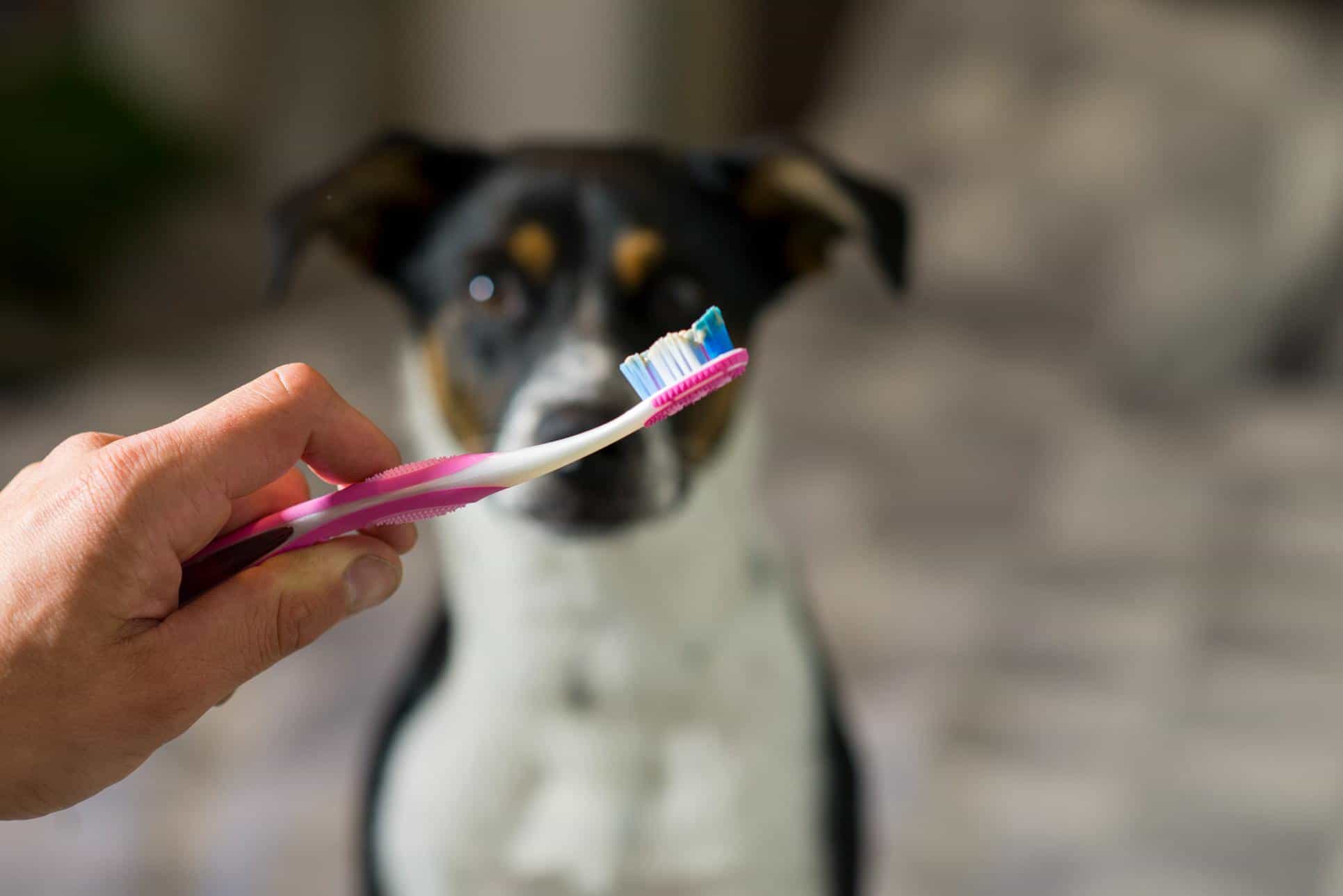How to Brush Your Pet’s Teeth: A Step-by-Step Guide

There’s been a lot of chatter lately about the importance of brushing a pet’s teeth, and while it’s easy to recommend daily pet toothbrushing, it’s another thing entirely to accomplish this goal. We understand. Protecting your pet’s pearly whites takes a team approach, and we’re here to help. We’ll do our part at your pet’s wellness and preventive care visit, inspecting your pet’s mouth for outward signs of dental disease and recommending a schedule for professional dental cleanings. And at home, there are ways to protect your pet’s dental hygiene between visits.
Read on for toothbrushing techniques and other helpful hints from our team at Bowman Veterinary Hospital.
Pet Tooth Brushing Techniques
Brushing a pet’s teeth should be part of any pet dental routine, but it likely won’t happen overnight. Take baby steps toward getting your dog or cat accustomed to pet tooth brushing, and strive for a few times a week if a daily pet tooth brushing just isn’t feasible.
Follow this step-by-step guide to pet tooth brushing:
- Timing counts. Schedule your pet dental routine at a time of day when your pet tends to be calm, such as after a long walk.
- Keep appropriate pet tooth brushing tools where you’ll need them. Use a toothbrush and toothpaste made just for pets.
- Do this in a well-lit area, and kneel next to your pet.
- Get your cat or dog accustomed to having their gums and teeth touched using just your finger and light pressure.
- Before putting toothpaste on the brush, test it out by offering your pet a taste on your finger.
- Next, add toothpaste to the brush. Place the brush at a 45-degree angle against the teeth to help clean the gum line.
- Make small circular motions with the brush.
- Keep it positive! Use a calm, reassuring voice, and tell your pet how good they are. Then, reward them with a healthy treat!
Be patient, and stay on one step until your pet seems comfortable and you feel confident that it’s time to move on to the next step. Report any unusual findings, like loose or missing teeth, bumps, and bleeding gums to your veterinarian.
Other Ways to Practice Dental Hygiene for Pets
Besides brushing a pet’s teeth, other important parts of a pet dental routine include veterinarian-approved dental chews and treats, as well as water additives that can help slow down the progression of tooth decay. Check out the Veterinary Oral Health Council website for a list of products that have been awarded their seal of acceptance.
Show Us Those Pearly Whites!
We love helping you keep your pets happy and healthy throughout their lives. Please contact us to schedule a checkup or if you have any questions about tooth brushing techniques or dental hygiene for pets.


